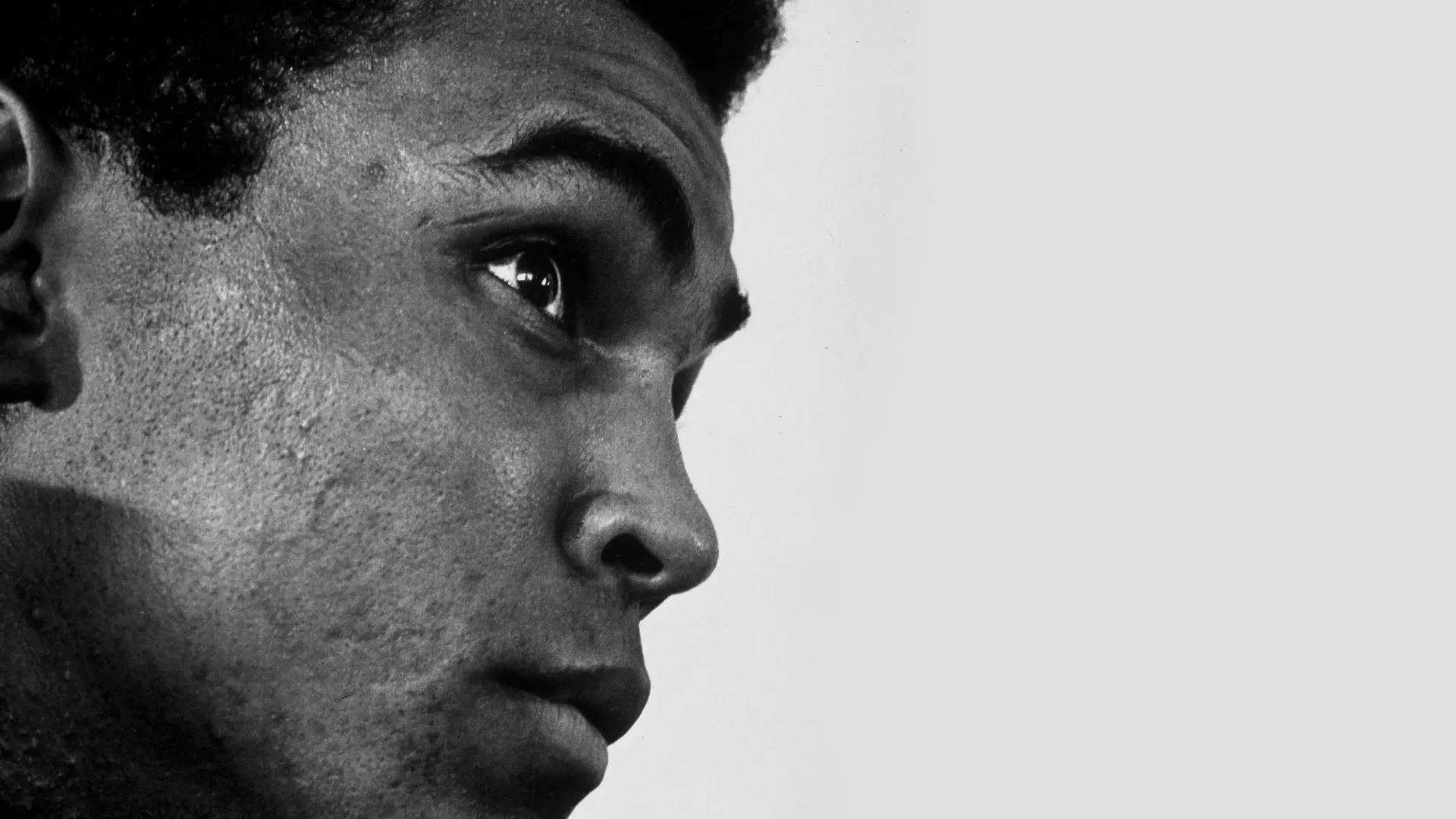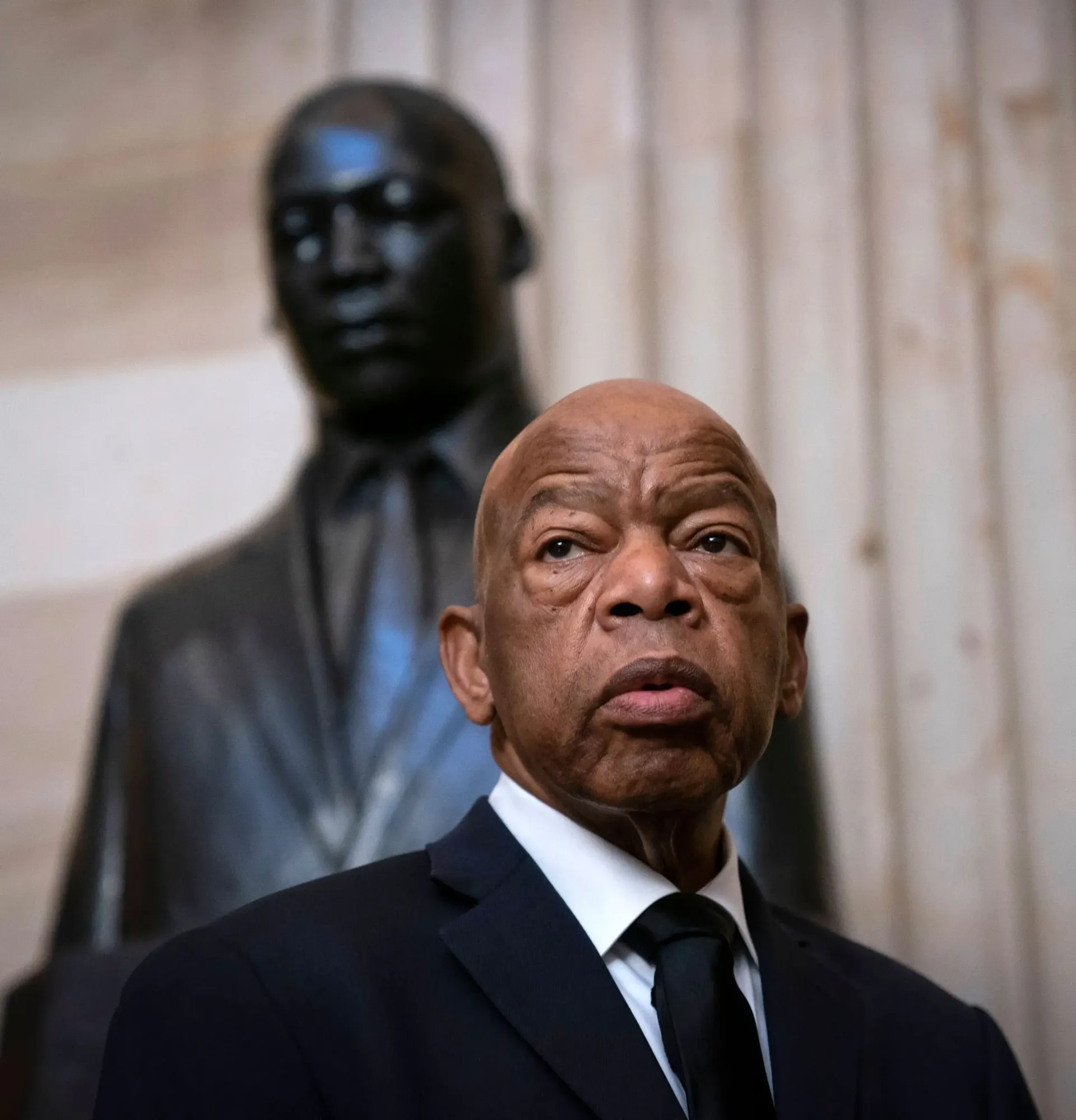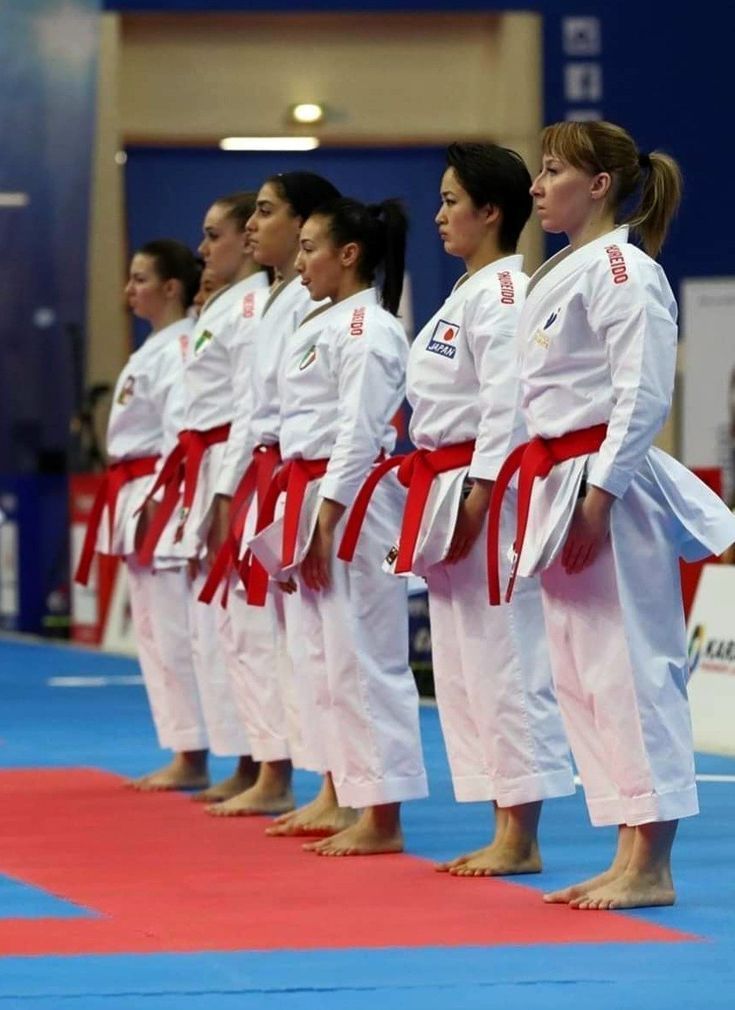The Silent Struggle: Male Victims of Domestic Abuse, Stigma, and the Path to Healing
The impact of unseen trauma

Domestic violence, a pervasive societal issue, has long been associated with female victims. However, a significant and often overlooked population experiences abuse at the hands of an intimate partner: men. This essay delves into the under-recognized reality of male domestic abuse victims, exploring the sociological and psychotherapeutic factors that contribute to the silence surrounding their plight.
The Shadowed Reality: Prevalence and Forms of Abuse
National statistics paint a concerning picture. The National Coalition Against Domestic Violence (NCADV) estimates that 1 in 4 men have experienced intimate partner violence (IPV) at some point in their lifetime. This abuse manifests in various forms, mirroring the experiences of women. Physical violence, including hitting, kicking, shoving, and choking, are common occurrences. However, emotional and psychological abuse are often the most prevalent forms, encompassing verbal assaults, threats, intimidation, isolation, and financial control.
Socioeconomic factors can further complicate abuse dynamics. Men in lower-income brackets may be reluctant to leave abusive relationships due to a dependence on their partner's income. Additionally, cultural norms surrounding masculinity can create a power struggle within same-sex relationships, leading to domestic violence.
The Stigma of Seeking Help: A Complex Barrier
Perhaps the most significant obstacle men face is the deeply ingrained societal stigma associated with being an abused male. The traditional image of masculinity portrays men as strong, stoic figures, incapable of being victims. This stereotype creates a double bind for men experiencing abuse - to admit vulnerability is considered emasculating, and silence fuels the problem.
This stigma manifests in several ways. Men often grapple with feelings of shame, embarrassment, and disbelief. They may question their own masculinity and worry about being ridiculed by friends, family, and even law enforcement. The fear of societal judgment can be so potent that it prevents them from seeking help, further isolating them from resources and support systems.
The Impact of Unseen Trauma: Psychological Consequences
The consequences of IPV on male victims are profound. Exposure to violence can lead to depression, anxiety, post-traumatic stress disorder (PTSD), and substance abuse. Men may struggle with feelings of worthlessness, helplessness, and hypervigilance. The emotional turmoil can affect their personal and professional lives, impacting their relationships, self-esteem, and work performance.
Furthermore, the lack of social validation and understanding surrounding their experiences exacerbates these issues. Without access to proper support and a safe space to process their trauma, male victims often suffer in silence, their mental health deteriorating further.
The psychological impact of domestic violence on male victims is multifaceted and long-lasting:
Internalized Shame and Guilt: Men struggling with abuse often grapple with a sense of shame and guilt, questioning their masculinity and feeling unable to protect themselves. They might blame themselves for the abuse or feel responsible for their partner's behavior. These feelings of shame and guilt can be a significant barrier to seeking help.
Depression and Anxiety: Exposure to ongoing violence and emotional manipulation can lead to depression and anxiety. Victims may experience feelings of hopelessness, worthlessness, and constant worry. These mental health challenges can significantly impact their daily lives and ability to cope with stress.
Post-Traumatic Stress Disorder (PTSD): Similar to female victim survivors, male victims can develop PTSD due to the repeated trauma of abuse. This can manifest in nightmares, flashbacks, hypervigilance, and emotional detachment. Living in constant fear and reliving traumatic events can be debilitating and hinder their ability to form healthy relationships.
Low Self-Esteem: The constant belittlement, intimidation, and manipulation often employed by abusers can erode a victim's self-esteem. Over time, they may internalize their abuser's negative messages, believing they are undeserving of love or respect. This low self-esteem can manifest in difficulty making decisions, social anxiety, and an overall sense of powerlessness.
Anger and Aggression: In some cases, men experiencing domestic abuse may resort to anger or aggression as a coping mechanism. This could be a result of feelings of frustration, helplessness, and a desire to regain control in their situation. It's crucial to differentiate between this anger, which is a response to a traumatic situation, and inherent violence.
Isolation and Withdrawal: Fearing judgment or attempting to protect their abusers from legal repercussions, male victims may isolate themselves from friends and family. This withdrawal can create a sense of loneliness and further exacerbate their mental health struggles.
Substance Abuse: As a way to numb the emotional pain and cope with the stress of abuse, male victims may turn to alcohol or drugs. This creates a dangerous cycle of self-medication that can worsen their psychological state and further complicate their lives.
It's important to note that not every male victim will experience all of these consequences. The severity and nature of the abuse will play a significant role in determining the specific psychological impact. However, recognizing these potential effects is vital to supporting male victims and promoting early intervention.
Breaking the Silence: Awareness and Education
Raising awareness and educating the public is the first step towards breaking the stigma and helping men navigate this complex issue. Here are some key areas of focus:
- Male-Friendly Shelters and Support Groups: Establishing shelters and support groups designated for male victims can provide a safe space for men to share their experiences and receive peer support from those who understand their specific situation.
- Training for Law Enforcement and Healthcare Professionals: Law enforcement officers and healthcare professionals need training that equips them to identify signs of abuse in men and provide resources and support options. Many victims disclose abuse to medical professionals, making it vital for them to be sensitive and trained to handle such situations.
- Advocacy for Policies: Public policy needs to address the issue of male victims. Advocacy for policies that promote access to legal services, housing assistance, and mental health support for abused men can significantly improve their well-being.
A Future Beyond Silence: Hope and Healing
By implementing the strategies outlined above, we can create a future where male victims of domestic abuse no longer suffer in silence. Here are some potential outcomes of breaking the stigma and addressing the support gap:
- Increased Help-Seeking Behavior: With increased awareness and readily available resources, men may feel more comfortable reaching out for help. This can lead to earlier intervention, preventing further harm and facilitating the healing process.
- Improved Overall Health and Well-being: With the support of therapy, support groups, and access to mental health resources, male victims can develop healthy coping mechanisms, rebuild self-esteem, and improve their overall well-being.
- Stronger Relationships and Safer Communities: By addressing domestic violence against both men and women, we can create stronger, healthier relationships within families and communities. This translates to a safer overall environment for everyone.
- Shift in Societal Norms: Openly discussing male domestic abuse and challenging the stigma will pave the way for a more inclusive and realistic understanding of masculinity. This shift in societal norms can benefit future generations by fostering healthier relationships built on respect and communication.
The Road Ahead: A Call to Action
Ending this silent epidemic requires a collective effort. Here are some ways you can contribute:
- Educate Yourself and Others: Familiarize yourself with the signs of domestic abuse in men and share this information with others. Challenge stereotypes surrounding male vulnerability and encourage open conversations.
- Support Advocacy Efforts: Donate to organizations working to assist male victims of domestic abuse. Raise awareness for campaigns and initiatives that promote ending male domestic violence.
- Volunteer Your Time: Consider volunteering at shelters or support groups that cater to male victims. Your time and support can make a significant difference in their journey toward healing.
The path to ending domestic violence against men is paved with awareness, education, and societal change. Breaking the silence, shifting the narrative, and prioritizing support systems are critical in ensuring that all victims, regardless of gender, have access to the resources they need to heal, rebuild their lives, and thrive.














